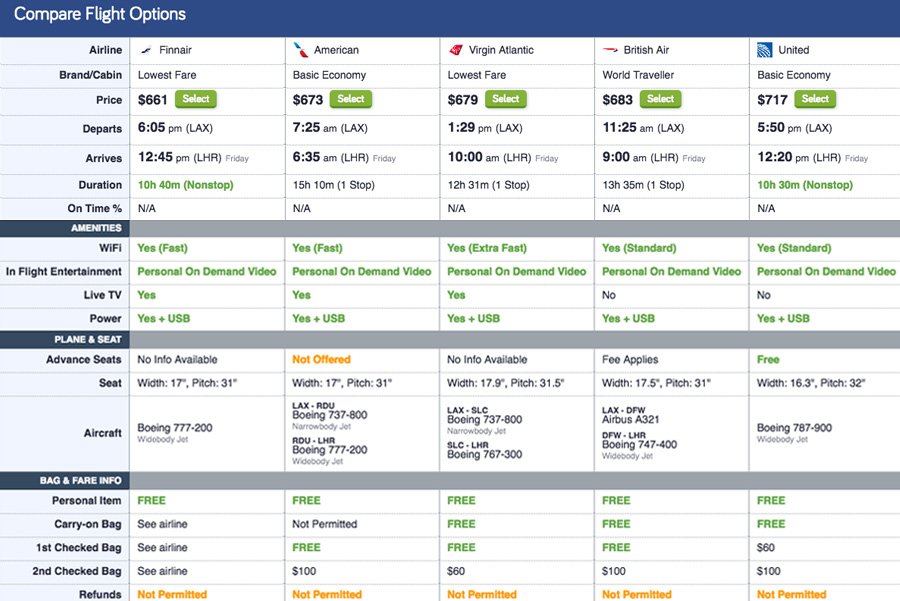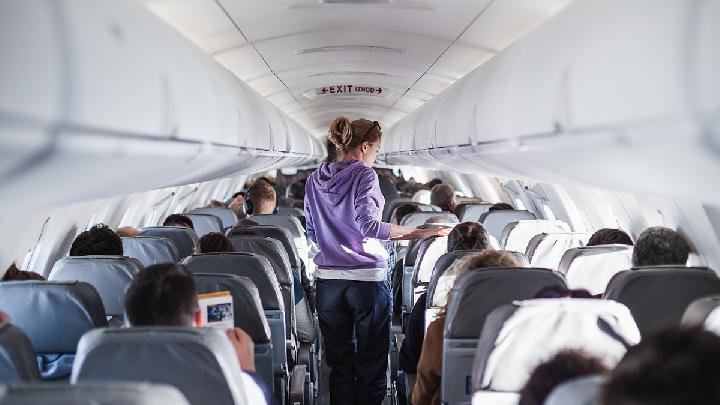Finding the Best Deals: A Comprehensive Guide to Comparing Flight Prices
In today’s interconnected world, air travel has become an essential part of both personal and professional lives. Whether you’re planning a dream vacation, visiting family, or attending a crucial business meeting, finding affordable flights is often a top priority. With a plethora of airlines and online travel agencies (OTAs) vying for your business, the process of comparing flight prices can feel overwhelming. Fortunately, with the right knowledge and tools, you can navigate the complexities of airfare pricing and secure the best possible deals. For example, flightticketbooking.co.in is a popular platform for users to compare flight prices and find affordable options for their travel needs.
Understanding the Factors That Influence Flight Prices
Before diving into the comparison process, it’s crucial to understand the key factors that affect flight prices:
- Demand: This is arguably the most significant factor. Flights to popular destinations during peak seasons (e.g., holidays, summer vacations) tend to be more expensive due to higher demand.
- Time of Booking: Generally, booking flights well in advance (2-3 months for domestic flights, 4-6 months for international flights) can lead to lower prices. However, last-minute deals can sometimes emerge, although they are less predictable.
- Day of the Week: Flights on Tuesdays and Wednesdays are often cheaper than those on Fridays, Saturdays, and Sundays, as business travelers tend to fly at the beginning and end of the work week.
- Time of Day: Early morning or late-night flights are typically less expensive than flights during prime hours.
- Airline: Different airlines have different pricing strategies. Budget airlines (e.g., Ryanair, Southwest) generally offer lower base fares but may charge extra for amenities like baggage, seat selection, and meals.
- Route: Direct flights are usually more expensive than flights with layovers. The number and duration of layovers can also affect the price.
- Airport: Flying into or out of smaller, less popular airports can sometimes be cheaper than using major international hubs.
- Seasonality: Prices vary depending on the time of year. For example, flights to Europe are typically more expensive during the summer months.
- Fuel Prices: Fluctuations in fuel prices can impact airline operating costs, which may be passed on to consumers.
- Competition: Routes with more competition among airlines tend to have lower prices.
- Special Events: Major events like festivals, conferences, or sporting events can drive up flight prices to the host city.
- Dynamic Pricing: Airlines use sophisticated algorithms to adjust prices based on real-time demand, booking patterns, and competitor pricing.
Essential Tools and Strategies for Comparing Flight Prices
-
Flight Comparison Websites: These websites aggregate flight prices from multiple airlines and OTAs, allowing you to compare options side-by-side. Popular examples include:
- Google Flights
- Skyscanner
- Kayak
- Momondo
- Expedia
- Priceline
How to Use Flight Comparison Websites Effectively:
- Enter Your Travel Details: Input your departure and arrival cities, travel dates, and number of passengers.
- Explore Different Dates: Use the calendar view to see how prices vary across different dates. Consider being flexible with your travel dates to find cheaper options.
- Set Price Alerts: Most websites allow you to set up price alerts. You’ll receive email notifications when prices for your desired flights change.
- Filter Your Results: Use filters to narrow down your search based on factors like airline, number of stops, flight duration, and price range.
- Check "Nearby Airports": Some websites offer the option to search for flights to or from nearby airports, which may offer lower prices.
- Be Aware of Hidden Fees: Some OTAs may add extra fees during the booking process. Always double-check the total price before confirming your reservation.
- Use Incognito Mode: Although debated, some users believe that using incognito mode or clearing your browser’s cookies and cache can prevent websites from tracking your searches and potentially raising prices.
-
Airline Websites: While flight comparison websites are a great starting point, it’s always a good idea to check airline websites directly. Sometimes, airlines offer exclusive deals or lower prices that aren’t available on third-party sites.
-
Budget Airlines: If you’re willing to forgo certain amenities, consider flying with budget airlines. These airlines often offer significantly lower base fares. However, be sure to factor in the cost of extras like baggage, seat selection, and meals.
-
Flexible Travel Dates: As mentioned earlier, being flexible with your travel dates can make a big difference in price. Try searching for flights a few days before or after your preferred dates to see if you can find cheaper options.
-
Consider Alternative Airports: If you live near multiple airports, compare prices for flights to and from each airport. Smaller, less popular airports may offer lower fares.
-
Book in Advance (But Not Too Early): While booking too close to your travel date can lead to higher prices, booking too far in advance isn’t always the best strategy either. Aim to book 2-3 months in advance for domestic flights and 4-6 months in advance for international flights.
-
Take Advantage of Sales and Promotions: Airlines and OTAs frequently offer sales and promotions. Sign up for email newsletters and follow them on social media to stay informed about the latest deals.
-
Use Credit Card Rewards: If you have a travel rewards credit card, use it to book your flights. You can earn points or miles that can be redeemed for future travel.
-
Consider Package Deals: Sometimes, booking a flight and hotel together can be cheaper than booking them separately. Look for package deals on travel websites.
-
Read Reviews: Before booking with an OTA you’re unfamiliar with, read reviews to ensure they have a good reputation for customer service and reliability.
Avoiding Common Pitfalls
- Hidden Fees: Always read the fine print and be aware of potential hidden fees, such as baggage fees, seat selection fees, and booking fees.
- Long Layovers: While flights with layovers are often cheaper, be mindful of the duration of the layovers. Long layovers can be tiring and inconvenient.
- Non-Refundable Tickets: Non-refundable tickets are usually cheaper, but they offer no flexibility if your plans change. Consider purchasing a refundable ticket or travel insurance if you need more flexibility.
- Overbooking: Airlines sometimes overbook flights. Be prepared for the possibility of being bumped from your flight and know your rights.
- Unreliable OTAs: Stick to reputable OTAs with a proven track record. Avoid booking with obscure or unknown websites, as they may not be reliable.
The Future of Flight Price Comparison
The landscape of flight price comparison is constantly evolving. With advancements in technology and data analysis, we can expect to see even more sophisticated tools and strategies for finding the best deals. Artificial intelligence (AI) and machine learning are being used to predict flight prices and personalize recommendations. Blockchain technology could potentially revolutionize the industry by providing greater transparency and security.
Conclusion
Finding affordable flights requires a combination of knowledge, strategy, and patience. By understanding the factors that influence flight prices and utilizing the right tools and techniques, you can increase your chances of securing the best possible deals. Remember to compare prices across multiple websites, be flexible with your travel dates, and avoid common pitfalls. With a little effort, you can save money on air travel and make your travel dreams a reality.










